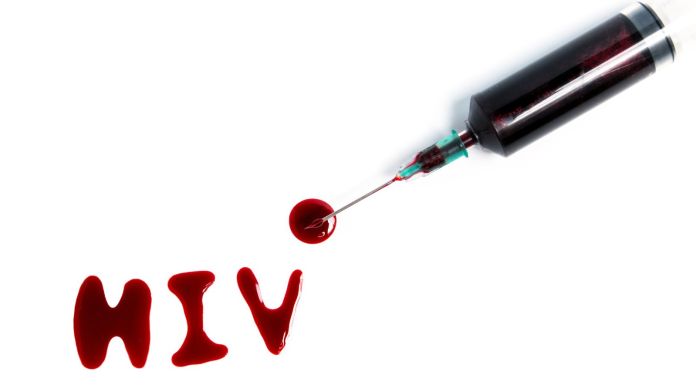
Once You Start Noticing These 3 Signs, You Might Be HIV/AIDS Positive Go For A Test
Published on January 18, 2023 at 5:09 PM by Flora Mitumba
Some of the health problems that humans face can never be completely resolved.
And the vast majority of the time, this life-threatening disease can be contracted in either a sexual or non-sexual manner.
It is absolutely necessary for each and every one of us to undergo a medical examination on a regular basis in order to determine whether or not we are free from any specific health issues that can cause death if left untreated.
What exactly is HIV?
The human immunodeficiency virus, also known as HIV, is a virus that targets the immune system of the body.
AIDS is a potential outcome of HIV infection if it is not treated (acquired immunodeficiency syndrome).
Learning the fundamentals of the HIV virus will both keep you healthy and stop the spread of the virus.
What Is This Thing Called AIDS?
The human immunodeficiency virus is the root cause of acquired immunodeficiency syndrome, also known as AIDS. This condition is a chronic illness that can pose a threat to one’s life (HIV).
HIV reduces your body’s resistance to sickness and infection by weakening your immune system, which it does via causing tissue damage.
The reality is that there are a great number of people who are unknowingly battling this fatal illness, but they are unaware of it. Many people have been led to this lifelong, difficult state of health by their own ignorance.
However, there are a few telltale symptoms that can help determine whether or not a person is HIV or AIDS positive.
The purpose of this essay is to inform you of that specific topic. On the other hand, HIV/AIDS can coexist with a person for a number of years before finally taking their life.
Nevertheless, the sooner you recognize the problem, the greater the likelihood that you will be able to recover from it. Okay!
Below, we will take a look at some of the symptoms that are associated with this fatal disease.
When You Have a Fever That Does Not Go Away.
If you start experiencing constant fever that is not caused by any common health issues like malaria, typhoid which can come from either drinking contaminated water or getting bitten by a mosquito, as well as too much stress, then you need to go to a test for confirmation.
This is the first sign of having HIV or AIDS, and if you experience it, you should get tested. Even though it isn’t exactly simple to get someone to the hospital for a test like this, you should keep reading in order to gain some additional understanding.
Rashes on the Skin
If you start to see unusual rashes on your skin, you should get tested as soon as possible to determine whether or not you have the condition or not.
Your immune system may become compromised as a result of the condition, which will then be taken over by it and cause some unusual rashes to appear on your body.
Although this is not always the case because certain rashes can also be brought on by other infections or excessive heat.
Symptomatic of a swollen lymph node.
An infection caused by bacteria or viruses, including HIV, can lead to lymph node enlargement.
Because the virus travels through the lymph fluid to reach the lymph nodes, the nodes will enlarge. Lymph nodes around the neck, in the armpits, and in the groin are the areas of the body that are most commonly affected by HIV.
Infections like these can cause lymph nodes to swell up and become painful.
Lymph nodes that are enlarged or swollen are one of the first symptoms that may appear in some persons who have an HIV infection of stage 3, and they may remain enlarged for more than three months.
A fever is one of the other symptoms that can suggest stage 3 HIV infection.
These diseases are not only passed on through sexual contact, but they can also be passed on through the sharing of sharp things such as razor blades, nitrile gloves, and other similar items.


